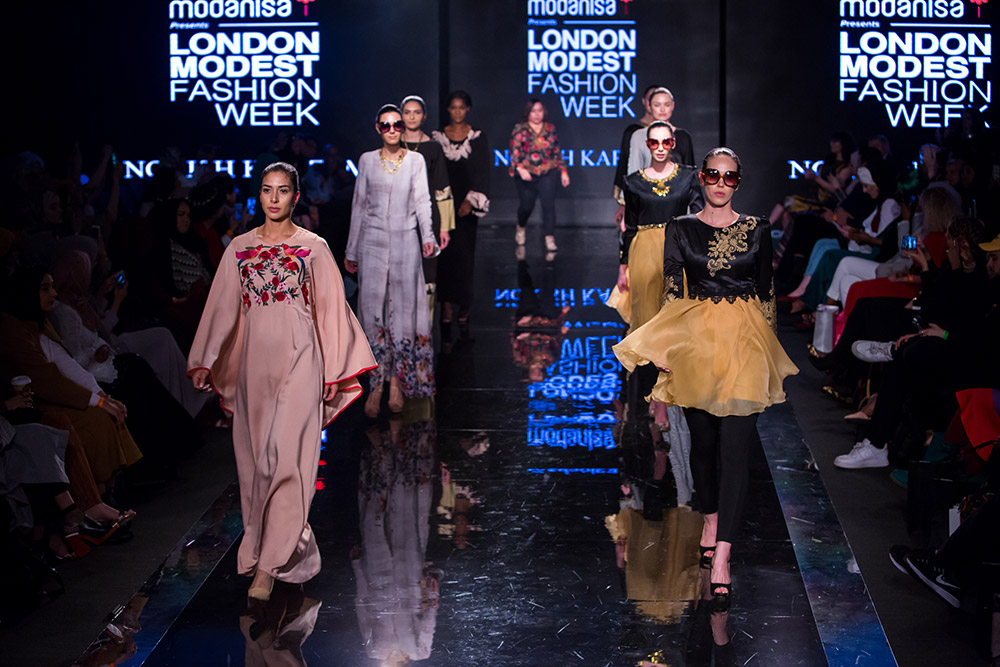Fashion is always fun and constantly evolving. Old fashion styles are still being popular and new trendy styles are being designed and distributed in the market every day. We can also see people wearing various types of fashion styles starting from business wear, casual, and retro to street wear, etc, in everyday life. The personality and the culture reflect the fashion style of a person. Although we shouldn’t judge the personality of a person based on the fashion style, the social status and personality of people can be perceived more or less from the way they style themselves like;” You are what you wear”. Indeed, fashion plays a vital role in the culture, society as well as in economy. France, Italy, UK, and so on have been using fashion ad a soft power which is one of the essentials for economic growth.
The successful “Fashion Week” events from the fashion capitals and their influence on the current and upcoming fashion trends have proved the reputation of the fashion industry. The original fashion week which was initially named “Press Week” was started in New York City in 1943. Then, in 1984, London Fashion Week was organized by the British Fashion Council and became the first fashion show with live broadcasting. After that, the London Fashion week was followed by the Milan Fashion week arranged by the National Chamber for Italian Fashion which presented the luxurious Italian designer brands. In 1933, the French Fashion Federation organized the Paris Fashion Week which is famous for the “haute couture”. Later the Miami Fashion Week was started in 1989, then discontinued and continued again in 2005. Unlike the other big four fashion weeks, the Miami Fashion week showcases the swimwear brands around the world and is usually held before the big four fashion week events.
Fashion Weeks are being held twice a year, usually in February and September, and divided into spring/summer and fall/winter to showcase seasonal collections. During the fashion week, London, New York City, Milan, Paris, and Miami which are regarded as the international fashion capitals, designers from famous luxury brands present their upcoming collections on the runway. The luxury brands also hire popular celebrities as brand ambassadors and attract buyers and fashionistas around the world. The fashion industry has a great impact on the economy. According to the statistics of Women’s Wear Daily, the fashion week created a total of $887 million with approximately 232,000 participants in more than 500 shows. Fashion Weeks are concentrated on sustainability lately. Hence, in London Fashion Week for this season, designers combine sustainability to their collections. Moreover, In New York Fashion Week 2021, we can see the sustainable designs but still, there are criticisms evolving that event is not sustainable enough because not all designers follow sustainability aspects. Also, recent Milan Fashion had the latest designs from brands like Max Mara, Genny, and so on, which align with sustainable rules. Likewise, in Paris Fashion Week, brands like Chloe, Stella McCartney, etc present their designs align with the values of sustainability but other big-name brands can’t able to integrate sustainable facts into their brands. Based on a recent McKinsey report, the fashion show which lasts for 10 to 15 minutes costs around $1 million. But the number of profits from the fashion week exceeds that amount. According to Fashion United’s calculations, New York Fashion Week, leading all the Fashion Weeks, earned 540 million euros per fashion week.

Although generating abundant profits, some brands are lacking to integrate sustainability and hence, the whole Fashion Week event couldn’t shift towards sustainability. The brands are only focusing to maximize their profits. They constantly produce trendy fashions and attract the consumers to buy each and every latest product. Honestly, sustainability can increase the cost of production, so most brands couldn’t shift to sustainable production. As a result, the brands neglect their impact on the environment such as carbon emissions, massive amount of water consumption, pollution of rivers and streams etc as well as their impacts on the society like labor exploitation etc.
However, the “Degrowth” theory which emphasizes on reduction of production, consumption and shifting the priority of the society based on sustainability seems to be usable for the brands to approach sustainability. Based on the degrowth, the lesser the production, the lesser the consumption. Sustainable products have better quality and long life which makes the consumers spend less on unnecessary purchases. On the other hand, designer brands also have limited products and are usually sold out before they create other seasonal collections. The quality of the designer brands has a great reputation and are useable for a long time. So, some might argue that they are different from fast fashion brands. In reality, the supply chain and source of raw materials of some designer brands are unknown and the companies don’t even have transparency about the wages of the workers in the factories. Some brands even had a history of labor exploitation in their supply chain. For this reason, it is questionable that if sustainability and profitability coexist. Indeed, there are various ethical brands for instance; Stella McCartney, Levi’s, Patagonia, and so on, that are committed to advocating for sustainability and produce eco-friendly products only.
Sustainability means “meeting the needs of the present without compromising the ability of future generations to meet their own needs”. Thus, we have to take accountability to reduce environmental impacts while creating values according to the triple bottom line -people, planet, and profit. The fashion industry accounts for 2% of the global GDP and is one of the biggest industries globally. Being the growing industry, it has the responsibility for transparency and sustainability, thus, even all the famous Fashion Events around the world are trying to showcase sustainable fashion and influence the consumers. In addition, Fashion Events that are focused on sustainability have emerged in Asia as well as in ASEAN. Hence, ASEAN still has the best opportunity to create a 100% sustainable fashion industry globally.